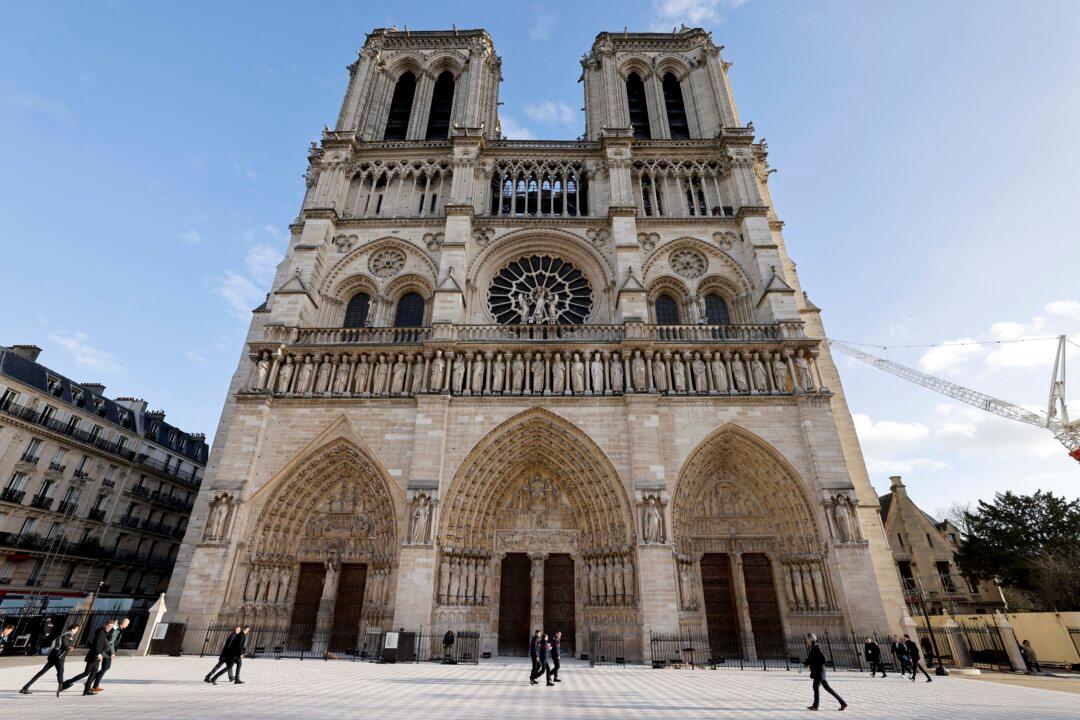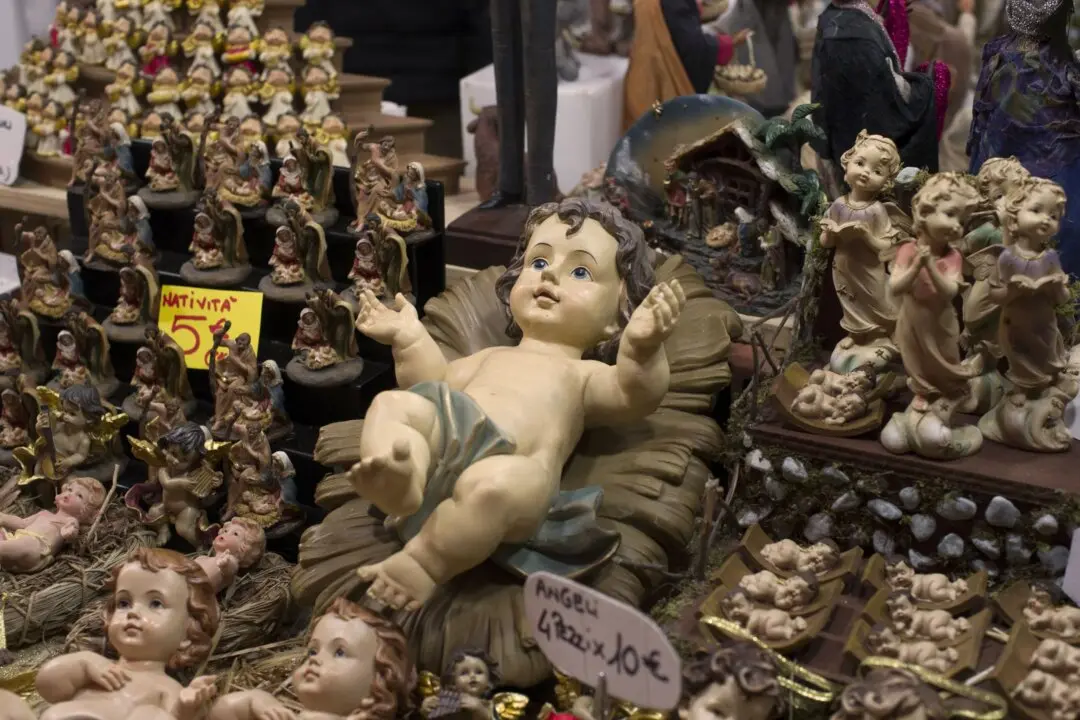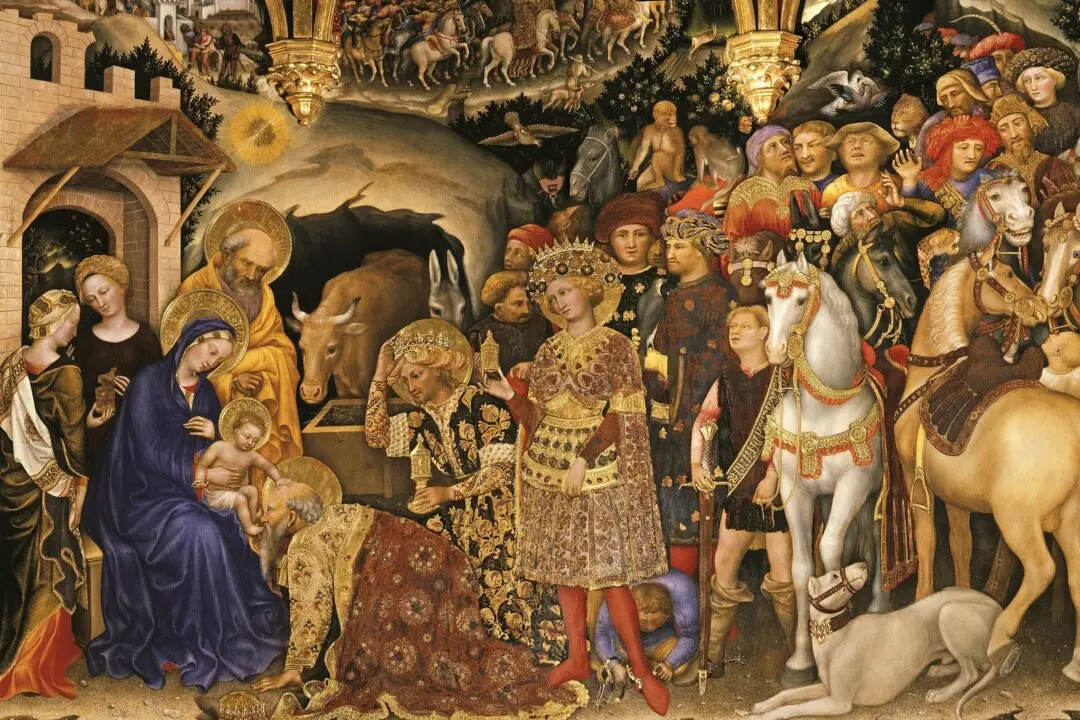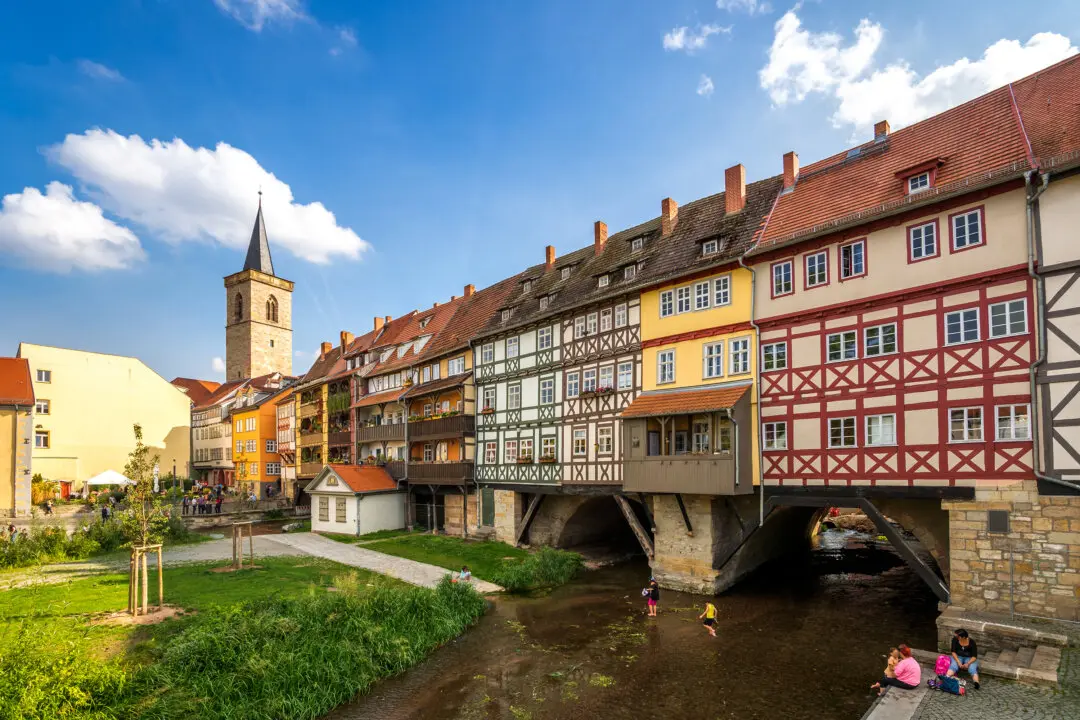On April 15, 2019, as the world watched fire ravage the Notre-Dame de Paris (Our Lady of Paris in English), people wondered if the beloved cathedral would ever be the same. Now, after five years of restoration, the holy French Gothic masterpiece graces the Paris skyline anew.
It took some 250 companies and hundreds of experts to restore the cathedral. As Victor Hugo wrote in “The Hunchback of Notre Dame,” “The greatest products of architecture are less the works of individuals than of society; rather the offspring of a nation’s effort, than the inspired flash of a man of genius.” People around the world donated more than $882 million to help.






